Today is Saturday, so Chad didn’t have to work. We took the opportunity of a free day to make a trip to the city of Termoli on the east coast of Italy, about a 30-minute drive. We wound down the mountain from Guardialfiera and crossed the plains to the coast. On the outskirts of Termoli, we stopped at a plant nursery that Chad had seen on the map. The nursery had flowering plants, succulents, fruit trees, olive trees, palm trees, herbs and other plants.
We had fun walking around and talking to the proprietors. In the end, we bought a spiky-leaf plant for our front balcony and marjoram, thyme and mint for the back balcony. (See below.) We decided to wait to buy flowering plants from the flower shop downstairs from our apartment so we can support a local business.
The city of Termoli has about 33,000 people, and it is the second largest city in the Molise region after the region’s capital, Campobasso (with its population of 50,000 people.) Today, Termoli is a fishing, tourist, and industrial center. (Fiat has a factory here.)
Along the Adriatic coast in Molise and Abruzzo to the north, you can find trabocchi. Trabocchi are traditional fishing piers from the 19th century where wide nets are strung out to catch fish as they swim along the coast.
For tourism, Termoli has an old medieval town plus many kilometers of beach along the coast. Today, there were only a few people on the beach, but I can only imagine that the beaches are unbelievably crowded during the holiday month of August.
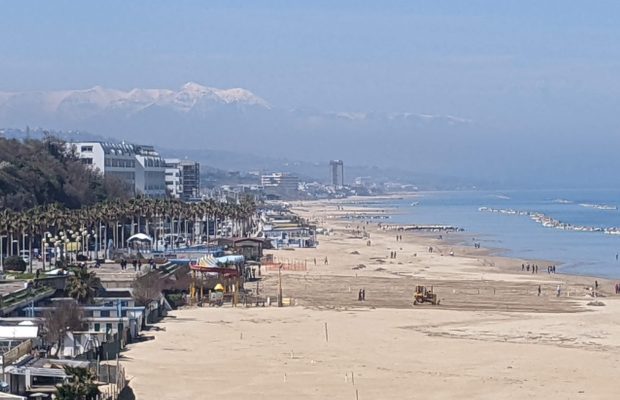
one of the beaches in Termoli today – see the white stuff in the distance? those are snow-capped mountains! how cool is that!
Termoli has a parcel of land that juts out into the Adriatic Sea. This piece of land includes a hilltop, so this was a perfect location for the early inhabitants to establish a village. The location would have been easily defensible as well as providing a good port for seafaring and trade. In fact, despite the many miles of Molise coastline, Termoli has the only usable port.
In the middle ages, the old village on the hill was enclosed by defensive walls and turrets. Then in the 13th century, a defensive tower, now known as the Swabian Castle, was built. All of these structures were built as fortifications against invasions by other peoples.
The 13th century also saw the construction of the town’s main church on a large square at the top of the hill.
The church is built in the Romanesque style which is typically fairly plain without all of the decorations of the Gothic style or the Renaissance style.
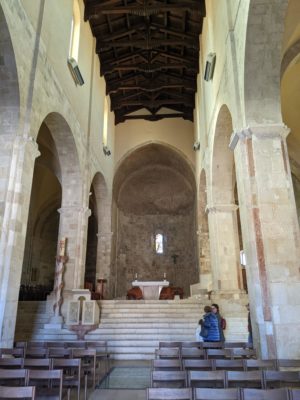
the interior of the basilica – note the wooden roof, similar to the Romanesque churches in Campobasso that also had wooden roofs
Just to the left of the cathedral is the former bishop’s house, built in the 16th century. How convenient that the bishop could walk right next door to his “office,” the cathedral!
On the other side of the cathedral is the Chiesa di Sant’Anna, also from the 16th century. Now, why you need to build a church right next to the cathedral, that is a mystery to me.
As you can imagine, all of the streets in the old town are narrow and lined with cobblestones. Some are wide enough for a single car to navigate, but most are pedestrian-only.
And here’s the most fascinating street. There is one alleyway that is only 41 centimeters wide (16.14 inches). It competes with one other street in Italy to be considered the narrowest street in the country. The other narrow street starts at 43 cm and then narrows down to 38 cm. In any case, this little alleyway is quite creepy to traverse if you are claustrophobic. (I kept thinking, “deep breath, deep breath, deep breath…”)
In contrast to the old town, newer Termoli stretches beyond the old defensive walls and into the surrounding plains and hills. We walked just outside of the old walls and into the newer area to pick up some things for the house (stickers to make labels with our names for our apartment intercom and mailbox, soup bowls, cheese grater, spatula) and just to check out things in general. We found the main shopping street which is pedestrian-only, and people were out in droves enjoying the beautiful spring weather.
Since Termoli is a fishing town, for lunch we went back up into the old town and had a five-course seafood tasting menu at a really great restaurant. This meal lasted for three hours.
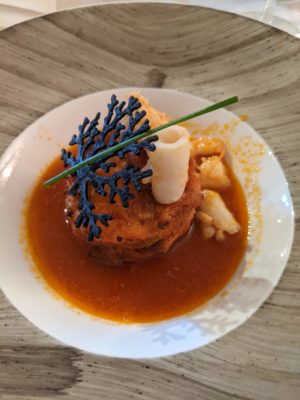
savory bread pudding with seafood served in a fish broth – this is a traditional dish for poor fisherman – the black decoration is some sort of fried cheese thing – there were mussels in the bread pudding and shrimp and a tubular thing in the broth
It was all very delicious, but it was entirely too much food for me, although I tried to eat as much of it as possible. By the end, I was so full that my stomach hurt, and I really wanted to burp but I was afraid that I would throw up if a burp came out. So I just moaned. Oh, and I had little floaty stars flying around my vision. But I did eat every bite of the dessert, pistachio gelato!
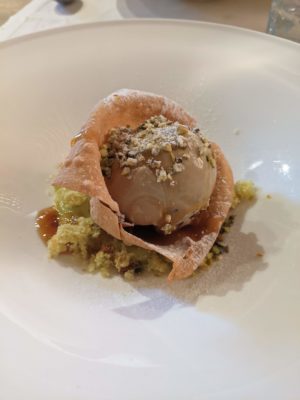
pistachio gelato with chopped pistachio on top, served in a Spanish crust (not sure what this means but it was delicious) – all served on a bed of pistachio cream, pistachio reduction that was like a simple syrup, and pulverized pistachios – uh, yum!
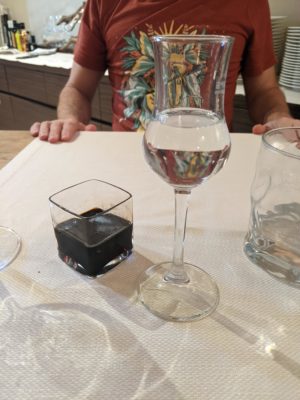
and then an after-dinner drink – grappa for me and a local amaro for Chad that was delicious but “hoo-boy!”
Now it is 8:00 pm, and we are both still so incredibly full from lunch that we are not even remotely interested in an evening meal. So on that note, I will leave you with photos of our new plants on our balconies which makes this little apartment feel more like home.

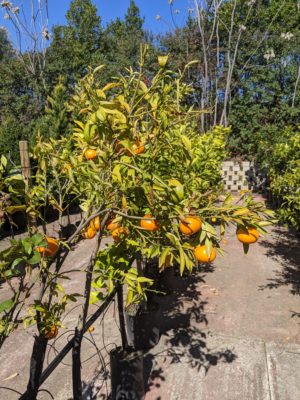

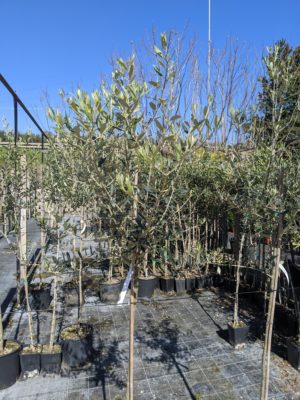
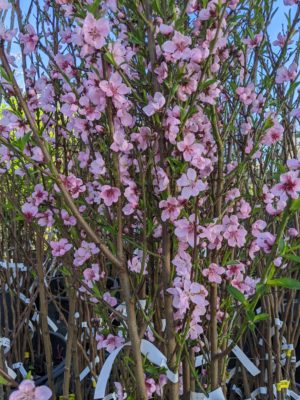

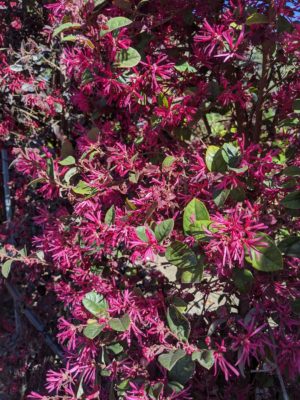
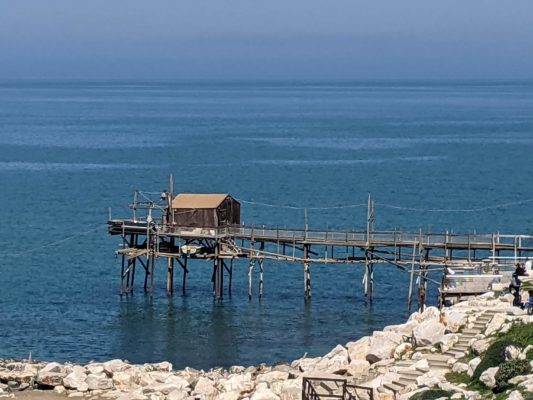
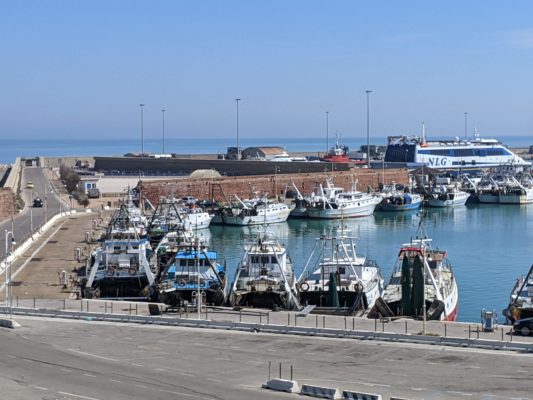
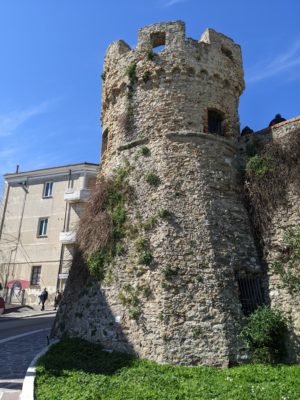

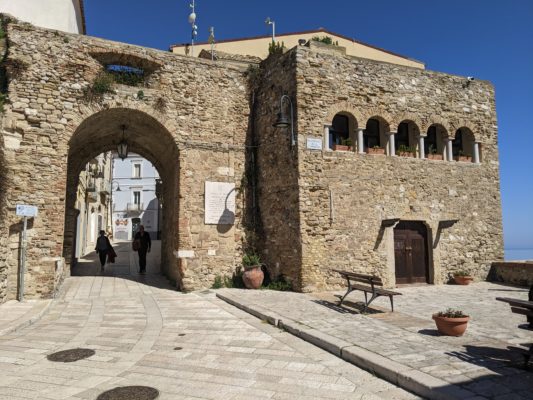
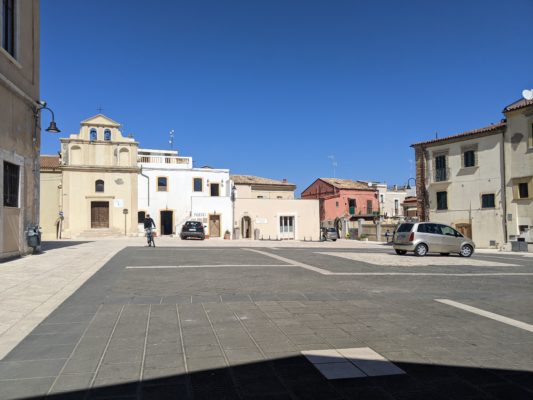

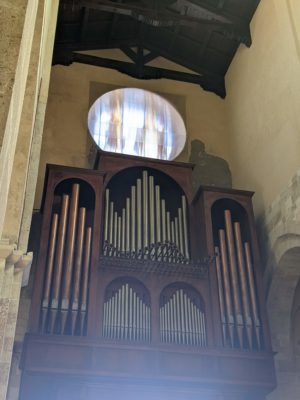
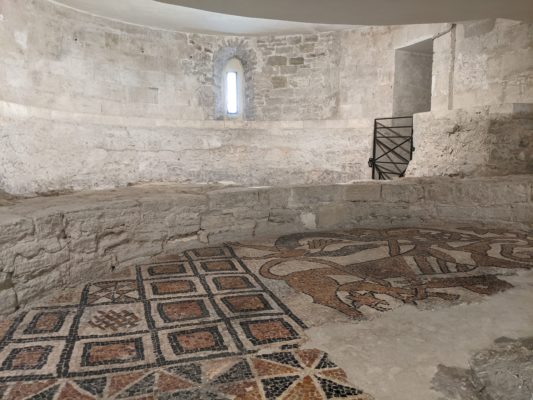
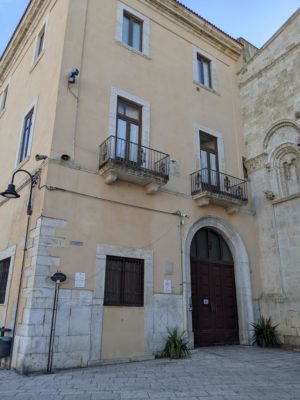
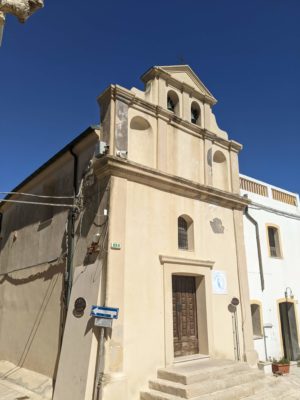
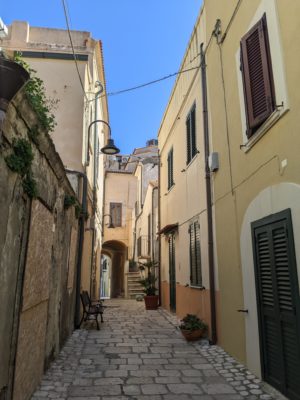

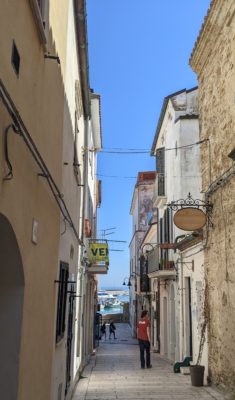
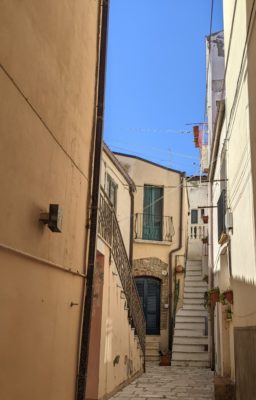
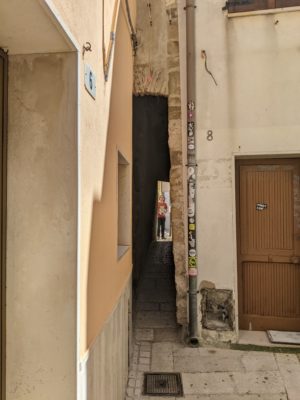
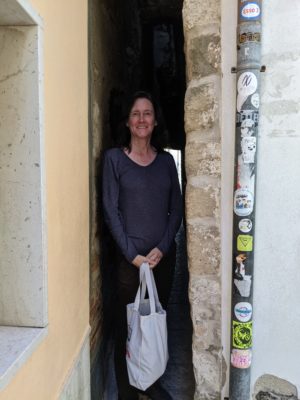

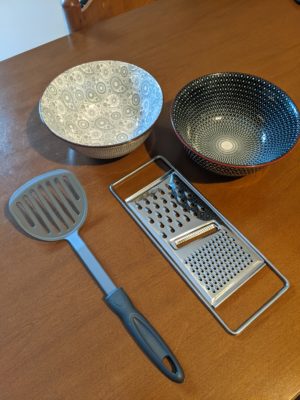

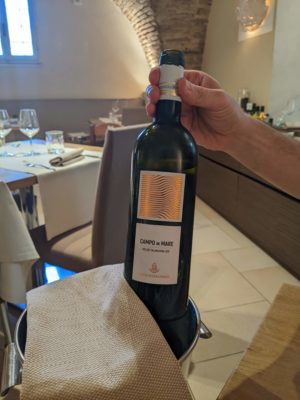
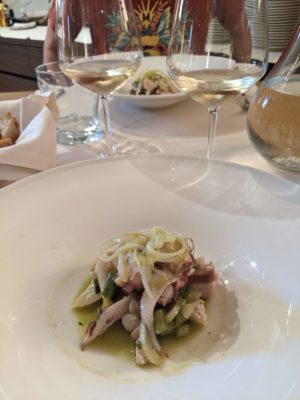
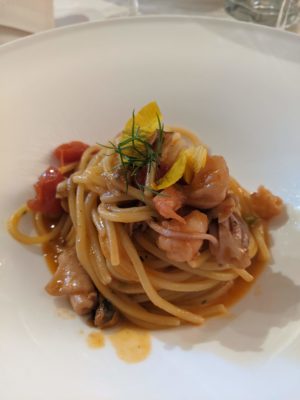


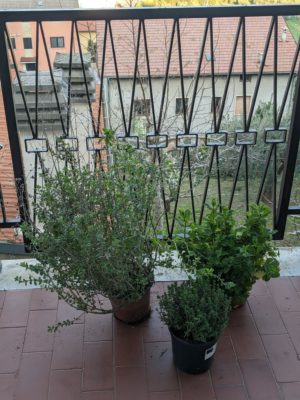
Didn’t realize you were 30 minutes from the Adriatic Sea.
The plant nursery looks like our Lowe’s garden area…except for the olive and citrus trees.